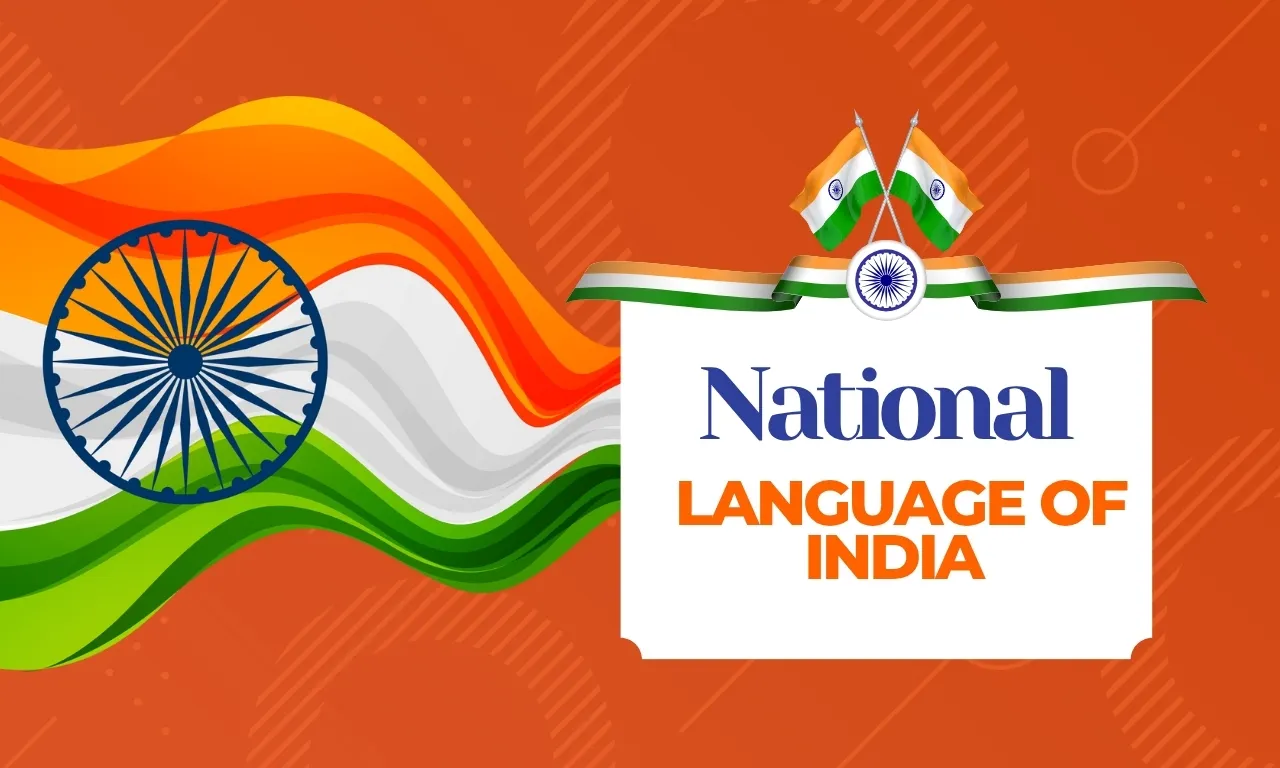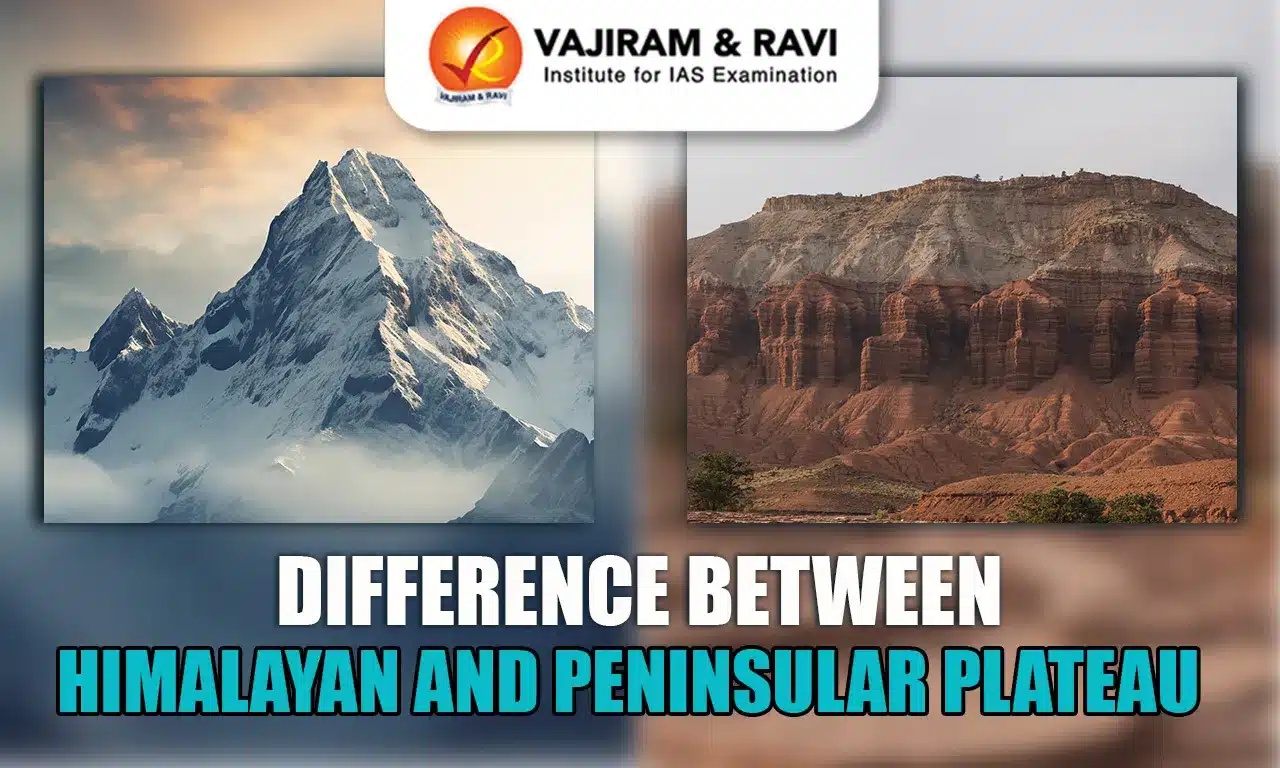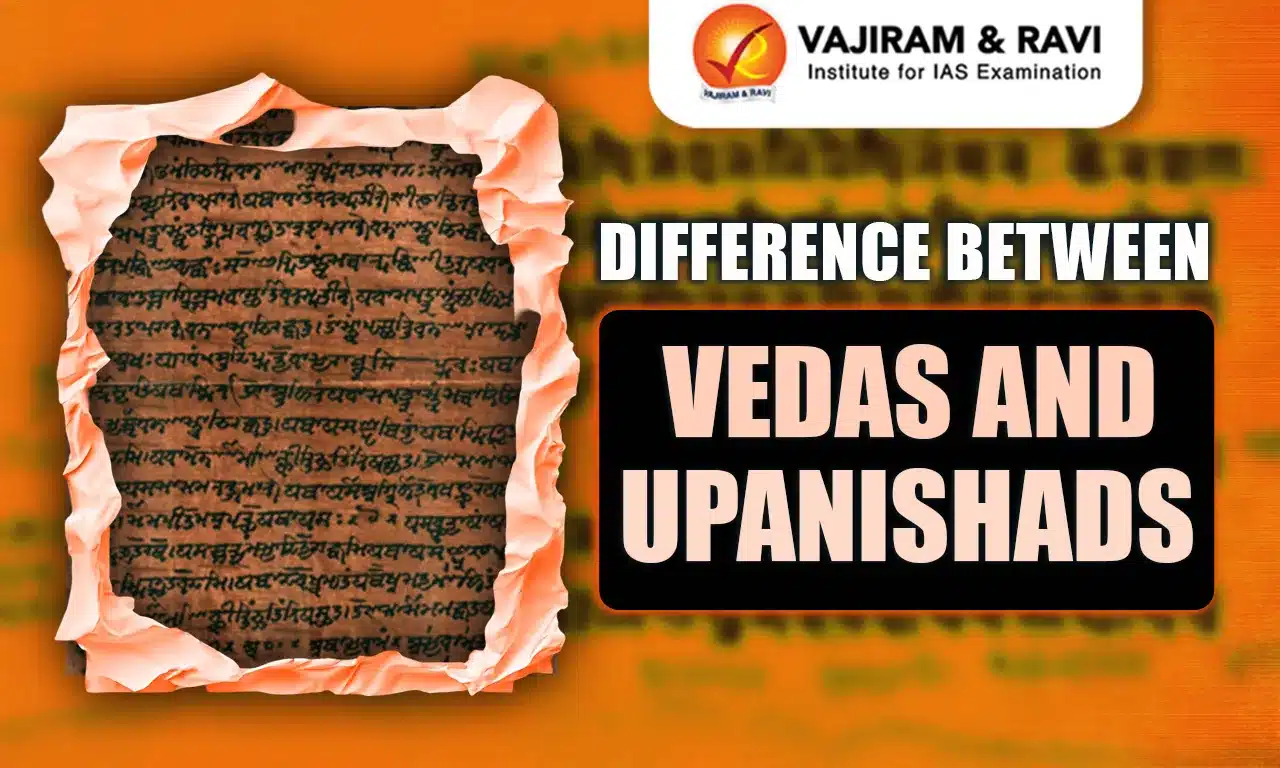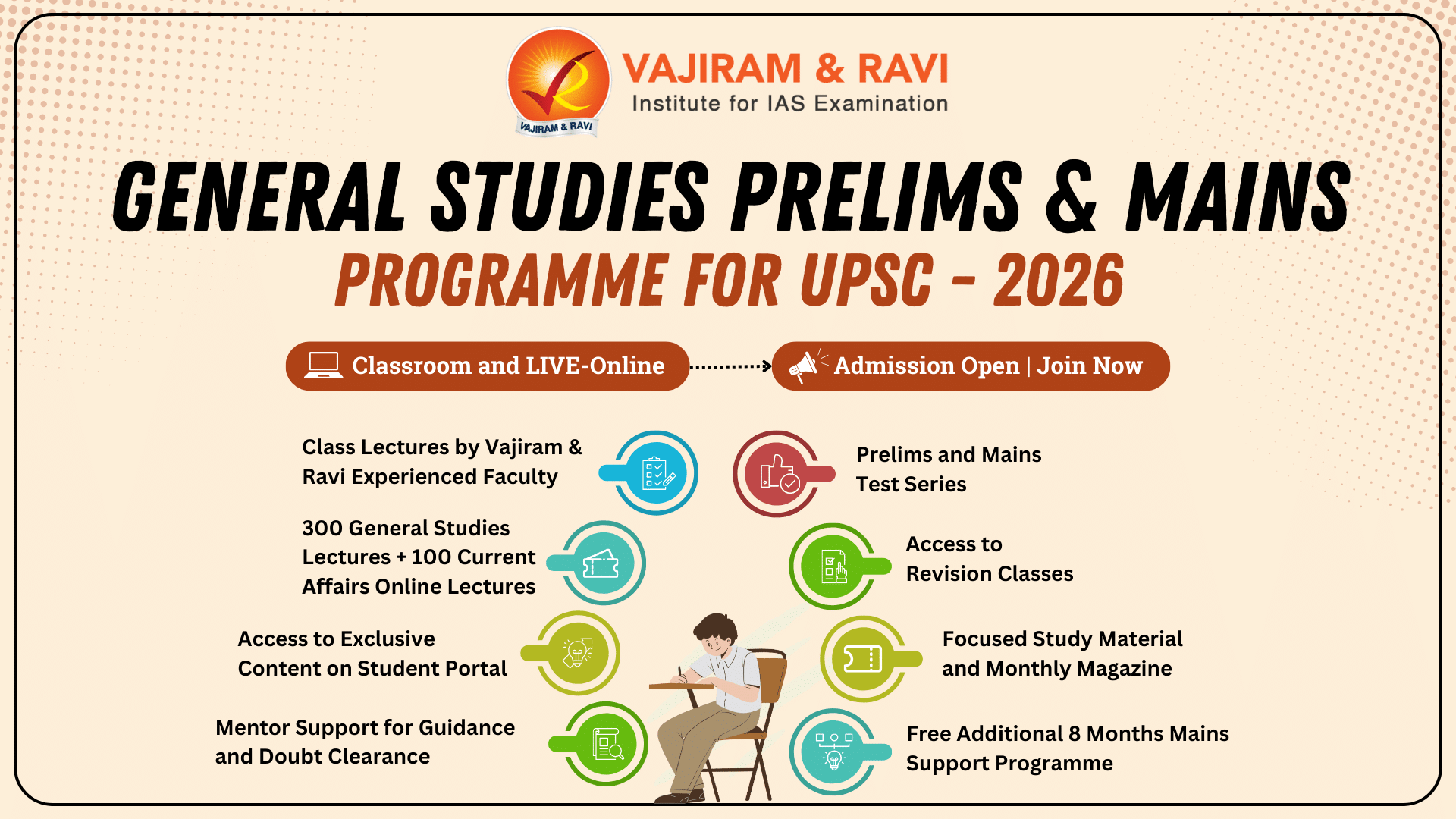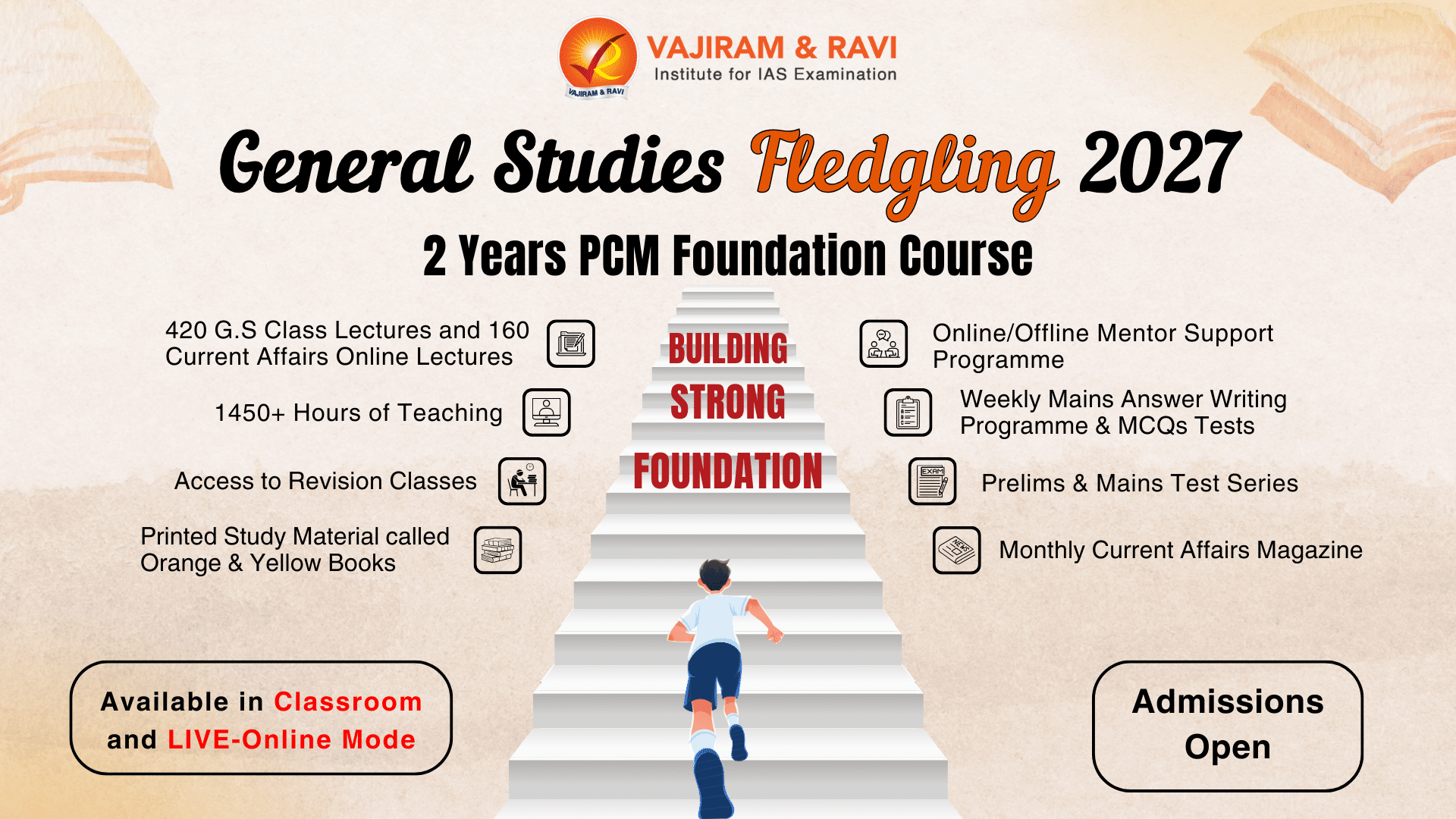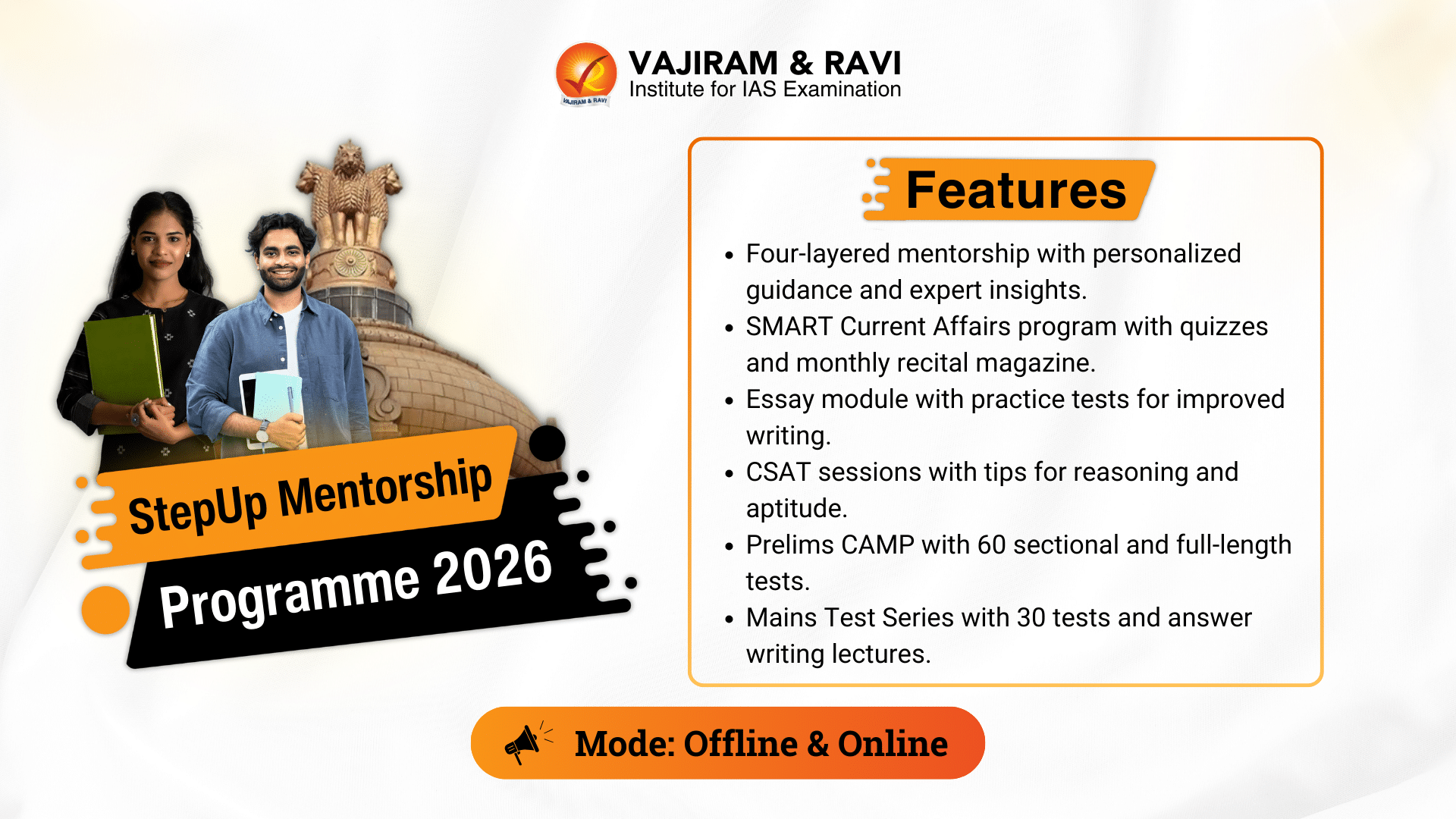Netaji Subhash Chandra Bose Jayanti is celebrated on the occasion of Netaji’s birthday. Born on 23rd January 1897 in Orissa, the day is also known as Parakram Diwas.To commemorate the spirit and selfless service of Netaji Subhas Chandra Bose, the Government of India has declared his birthday, January 23rd, as “Parakram Diwas.” The day aims to spread awareness and inspire the people of India, especially the youth, to exhibit courage in the face of challenges, just as Netaji did, and to foster a deep sense of national pride.
Netaji Subhash Chandra Bose Jayanti
Netaji Subhash Chandra Bose Jayanti also known as Parakram Diwas is celebrated on 23rd January every year. Remembered for his famous slogan “ Tum Mujhe Khoon Do, Main Tumhe Azadi Dunga,” Netaji qualified the Indian Civil Services Examination in 1919 but later resigned. Apart from being a strong political leader, he was inspired by the teachings of Vivekananda and was a spiritual guru. He started the independence movement journey in 1921 by starting Swarajya Newspaper in Allahabad, Uttar Pradesh. He was awarded the Bharat Ratna Award in 1992 but it was later withdrawn due to the controversy about his death.
Netaji Subhash Chandra Bose Biography
Subhas Chandra Bose was born on January 23, 1897, in Cuttack, Orissa.
- In 1920, he passed the civil services examination but resigned from his position in April 1921 after hearing of the nationalist unrest in India.
- Bose became a prominent leader in the Indian independence movement, joining the Indian National Congress to fight against British colonial rule.
- He was elected president of the Indian National Congress for two consecutive terms but resigned due to ideological differences with Mahatma Gandhi.
- In 1939, he founded the Forward Bloc to unite all anti-British forces in India.
- During World War II, Bose fled India and sought alliances in the Soviet Union, Germany, and Japan to combat British rule.
- With Japanese support, he reorganized the Indian National Army (INA), consisting of Indian prisoners-of-war and plantation workers, to fight against the British.
- He established the Azad Hind Government in exile, with assistance from Japan, and led the INA in battles at Imphal and Burma.
Netaji Subhash Chandra Bose Political Life and Career
Subhas Chandra Bose joined the Indian National Congress in 1921 and was elected President of the All India Youth Congress in 1923. He actively participated in the Salt Satyagraha in 1930 and, during the 1930s, worked closely with Jawaharlal Nehru and M.N. Roy. Bose opposed the Motilal Nehru Report, which sought dominion status for India, advocating instead for complete independence. He also disagreed with the suspension of the Civil Disobedience Movement and the signing of the Gandhi-Irwin Pact in 1931. In 1938, he won the INC presidency at the Haripura session, and in 1939, he triumphed again at Tripuri, defeating Mahatma Gandhi’s candidate, Pattabhi Sitarammayya. However, due to ideological differences with Gandhi, he resigned from the INC, with Rajendra Prasad taking his place. On May 3, 1939, Bose founded the “Forward Bloc” in Makur, Unnao, Uttar Pradesh, to consolidate the political left and gain significant support in Bengal.
Netaji Subhash Chandra Bose in Armed Forces
In 1934, Subhas Chandra Bose arrived in Japanese-controlled Singapore and issued his iconic “Delhi Chalo” call. On October 21, 1943, he proclaimed the formation of the Azad Hind Government and the Indian National Army (INA), which he took leadership of that same year. The INA was initially founded under the leadership of Mohan Singh and Japanese Major Fujiwara, composed primarily of Indian prisoners of war captured by Japan in the Malayan campaign and at Singapore. The INA established regiments like the Rani Jhansi Regiment, playing a crucial role in Bose’s vision for an independent India. Bose’s leadership led to the creation of the Provisional Government of Free India in Singapore, aligning with the INA. His death in 1945, allegedly due to a plane crash in Taiwan, marked the end of INA’s active operations. However, the subsequent court-martials of INA soldiers upon their return to India sparked widespread national resistance. Bose’s life exemplifies courage, patriotism, leadership, perseverance, and sacrifice for the motherland.
Last updated on July, 2025
→ UPSC Notification 2025 was released on 22nd January 2025.
→ UPSC Prelims Result 2025 is out now for the CSE held on 25 May 2025.
→ UPSC Prelims Question Paper 2025 and Unofficial Prelims Answer Key 2025 are available now.
→ UPSC Calendar 2026 is released on 15th May, 2025.
→ The UPSC Vacancy 2025 were released 1129, out of which 979 were for UPSC CSE and remaining 150 are for UPSC IFoS.
→ UPSC Mains 2025 will be conducted on 22nd August 2025.
→ UPSC Prelims 2026 will be conducted on 24th May, 2026 & UPSC Mains 2026 will be conducted on 21st August 2026.
→ The UPSC Selection Process is of 3 stages-Prelims, Mains and Interview.
→ UPSC Result 2024 is released with latest UPSC Marksheet 2024. Check Now!
→ UPSC Toppers List 2024 is released now. Shakti Dubey is UPSC AIR 1 2024 Topper.
→ Also check Best IAS Coaching in Delhi
Netaji Subhash Chandra Bose FAQs
Q1. Who gave the title of Netaji to Subhas Chandra Bose in UPSC?+
Q2. Why is 23rd January famous?+
Q3. What was the role of Subhas Chandra Bose in the national movement in UPSC?+
Q4. What is the importance of 23rd January?+
Q5. When was Bose born?+



